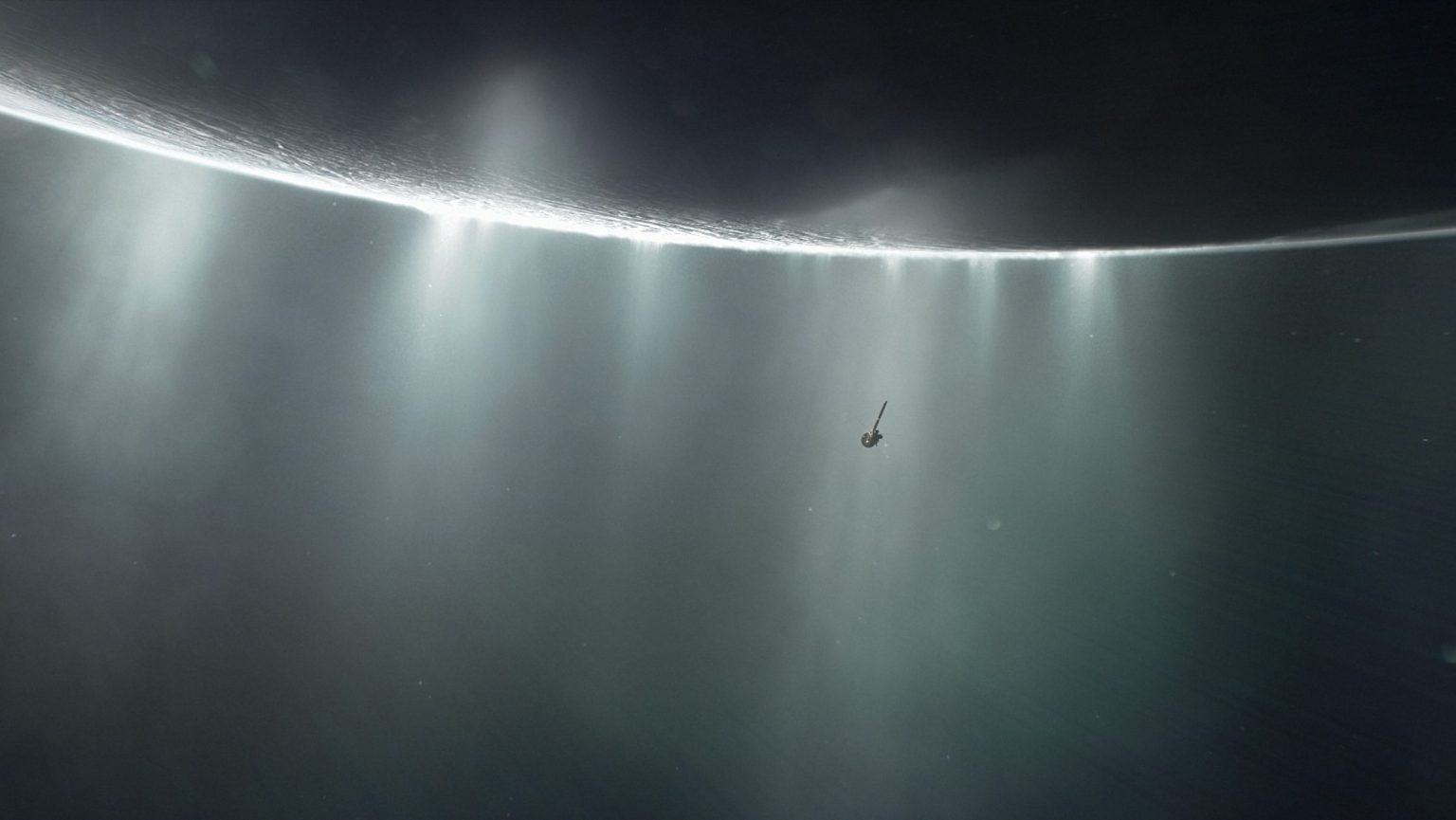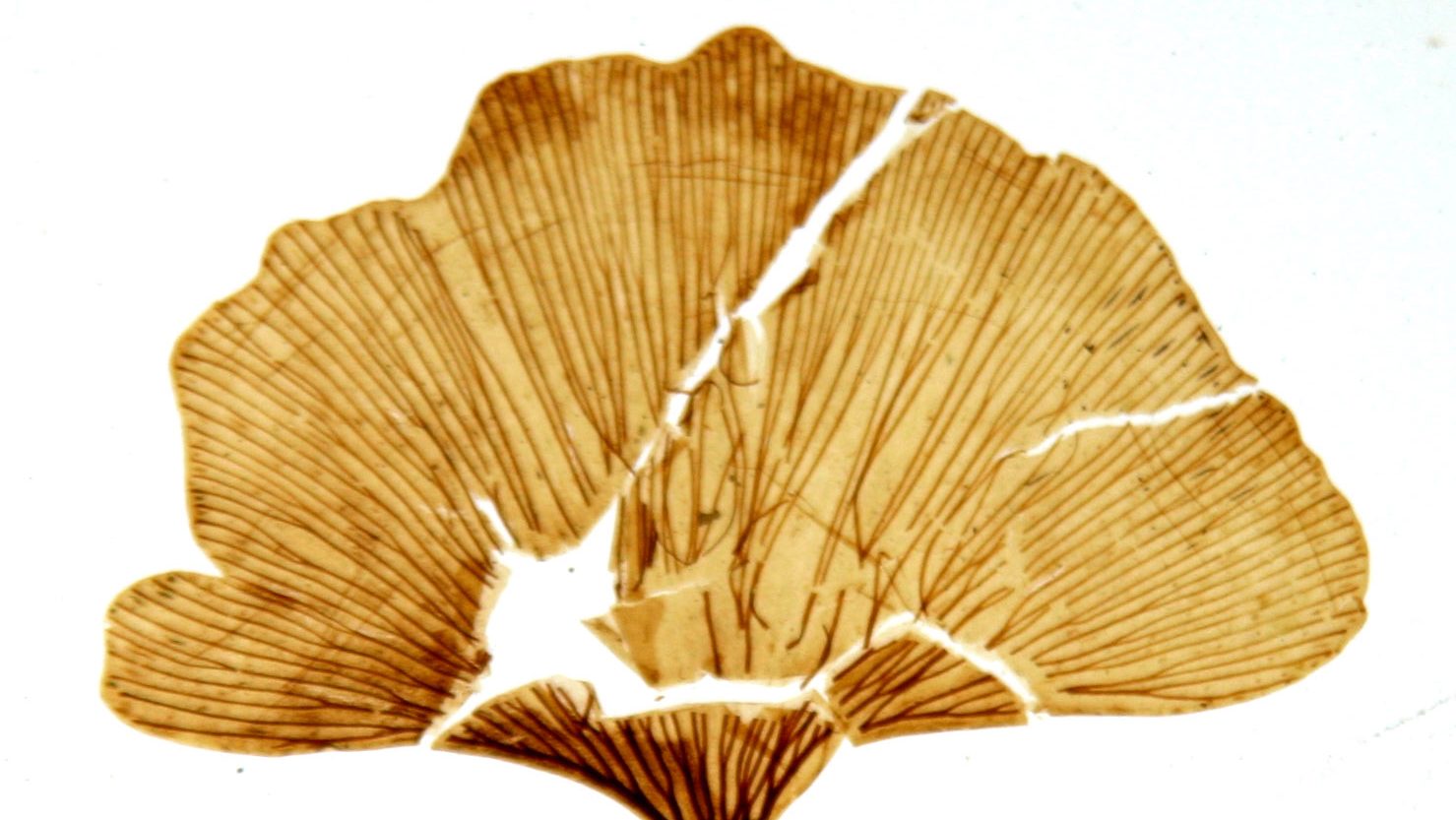Chemists discover the mix that likely originated life on Earth

Credit: Adobe Stock
- New study shows that RNA and DNA likely originated together.
- The mixture of the acids are believed to haveproduced Earth’s first life forms.
- The molecules were created with the help of a compound available in planet’s early days.
How did life on Earth originate? Chemists claim to have found the exact ingredients of the primordial soup that resulted in the plethora of creatures we see in the world today. A new study shows that the compound diamidophosphate (DAP) possibly mixed together the strands of the original DNA. The research is also further support for the emerging view that DNA and RNA molecules first appeared together, courtesy of the same chemical reactions, and their mixture possibly produced the planet’s initial life forms.
The single-stranded RNA, or ribonucleic acid, can be found in all living cells, carrying instructions from DNA (deoxyribonucleic acid) that lead to the synthesis of proteins. The study says the compound DAP, potentially available widely in Earth’s early days, strung together DNA from building blocks called deoxynucleosides. A 2017 study by the same team showed this process responsible for creating the first RNA strands.
The new study’s senior author Ramanarayanan Krishnamurthy, associate professor of chemistry at Scripps Research, called the finding “an important step toward the development of a detailed chemical model of how the first life forms originated on Earth.”
Krishnamurthy and his colleagues make their case for an explanation of life’s origins that differs from the popular “RNA World” hypothesis that proposes RNA was the first replicator, with DNA eventually being created by RNA life forms. To Krishnamurthy’s team, RNA molecules are too “sticky” – while they can attract other RNA strands, they may not be so efficient at separating from them. This liability could prevent RNA from replicating, a key process of life.
DNA vs RNA (Updated)www.youtube.com
The chemists behind the new study believe that “chimeric” strands mixing DNA and RNA molecules fostered replication because they could separate with greater ease.
“Now that we understand better how a primordial chemistry could have made the first RNAs and DNAs, we can start using it on mixes of ribonucleoside and deoxynucleoside building blocks to see what chimeric molecules are formed—and whether they can self-replicate and evolve,” Krishnamurthy explained.
The researchers believe their work could have a wide variety of uses, leading to enzyme-free artificial synthesis of DNA and RNA, vital to COVID-19 tests, and possibly in many other applications.
Check out the study published in the chemistry journal Angewandte Chemie.





